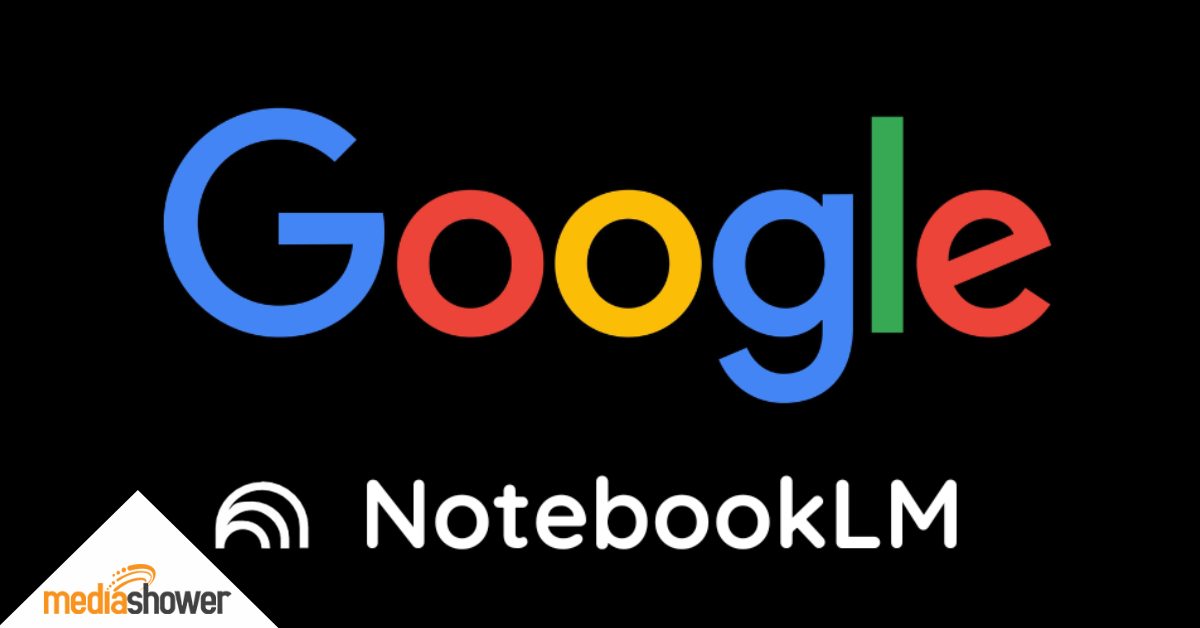
AI tools like ChatGPT, Claude, and Perplexity aren’t just for brainstorming and content creation anymore—they’re now driving real traffic to your website. That makes them a brand-new marketing channel worth measuring and optimizing.
Traditional SEO focused on optimizing for Google’s algorithms—targeting keywords, building backlinks, and climbing the search rankings.
But AI platforms are shifting the goalposts.
These tools are acting as referral engines, surfacing your content to users and sending them to your site. Winning the SEO game is no longer about being found.
It’s about being chosen by the AI that users now trust.
Welcome to AI SEO. If you want to stay ahead of your competitors, you need to measure and maximize your presence across the AI landscape now, while you have an early-mover advantage.
In our latest demo video, we show how the team at Media Shower measures traffic from AI tools and uses it to improve search performance.
Step-by-Step Guide to Tracking AI SEO
1. Track where your content shows up in Google’s AI Overview
Use Ahrefs (or your preferred SEO tool) to create a list of keywords where your site appears in Google’s AI Overview. Include the linked pages to see what content is being referenced.
2. Sort your top-performing pages
Build a pivot table in Excel or Google Sheets to reveal which URLs are getting the most visibility in AI Overviews. This tells you which pages are already optimized for AI—whether you intended them to be or not.
3. Measure direct traffic from AI tools
Separately, in Google Analytics, look at referral traffic from ChatGPT, Claude, and Perplexity. These tools are now showing your content as their “source,” and driving real users to websites.
4. Map traffic to content
Identify which pages are getting hits from these referrals. This shows you what’s actually performing, not just in theory but in practice.
5. Focus and optimize
Once you know what’s working, you can improve those pages, update them with fresher content, and expand on them with related posts. This is how you build momentum in AI SEO.
What Is AI SEO Traffic?
AI SEO traffic is web traffic that comes from artificial intelligence tools—like ChatGPT, Claude, or Perplexity—when they reference or link to your content. These tools are now acting like mini search engines: they read your site, extract key insights, and share them in answers to user questions.
When users click through, that’s AI SEO traffic.
The Perplexity examples below show how AI referrals work.
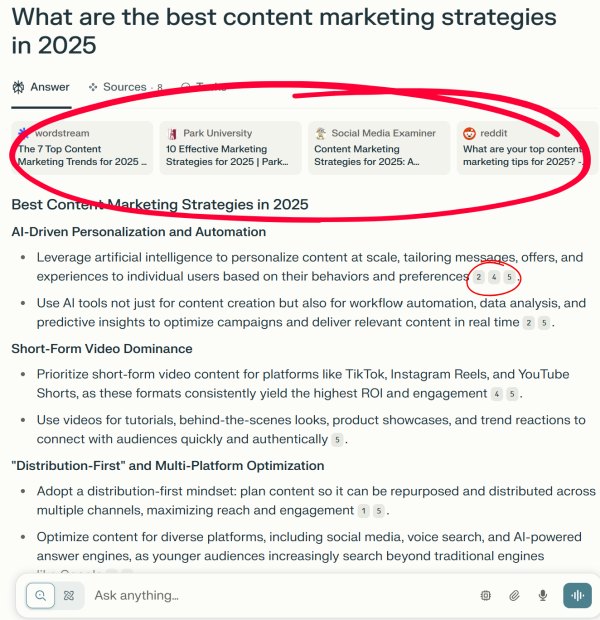
Perplexity shows top sources—and citations to others—on the Answer screen. If your name appears here, it’s a potential referral.
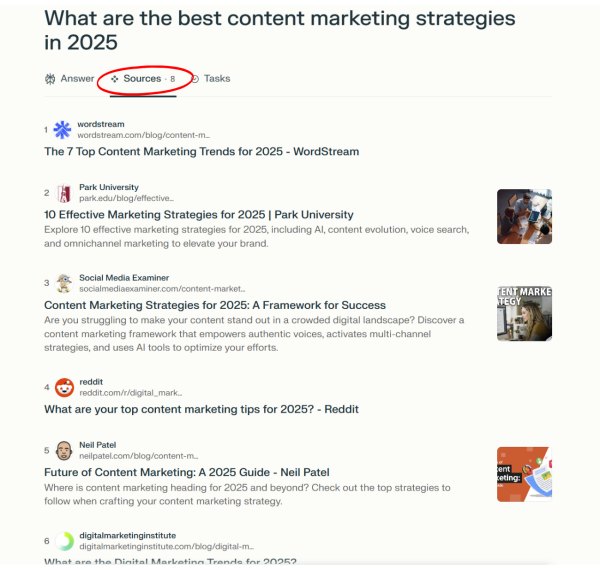
Click Sources to see all the sources Perplexity cited on the Answer screen. These are all potential traffic drivers.
AI SEO Tracking: A Real-World Example
Let’s look at how GreenGrowth Marketing, a fictional digital agency that works with sustainable brands, uses this process to capture AI-driven traffic.
Background
GreenGrowth is trying to boost visibility without paid ads. Their content marketing team, led by SEO specialist Nina Ramirez, wants to know if AI tools are picking up their blog content—and how to double down on what’s working.
Step 1: Find AI Overview keywords
Nina logs into Ahrefs and filters for organic keywords where their domain appears in “SERP Features,” then clicks AI Overview.
Here’s an excerpt from her list:
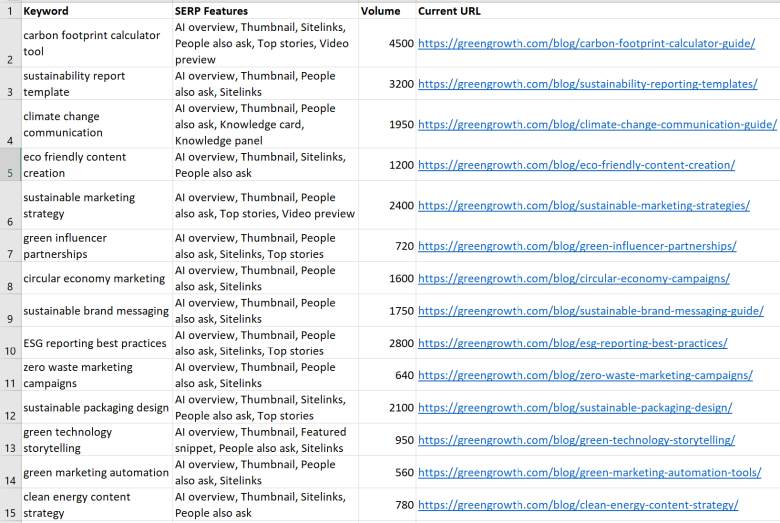
Step 2: Create a pivot table
She pastes the results into Google Sheets and builds a pivot table showing how often each URL appears across different keywords.

Step 3: Analyze AI tool traffic
In Google Analytics, Nina filters referral sources for ChatGPT, Claude, and Perplexity to find the top referral sources in the previous 30 days.
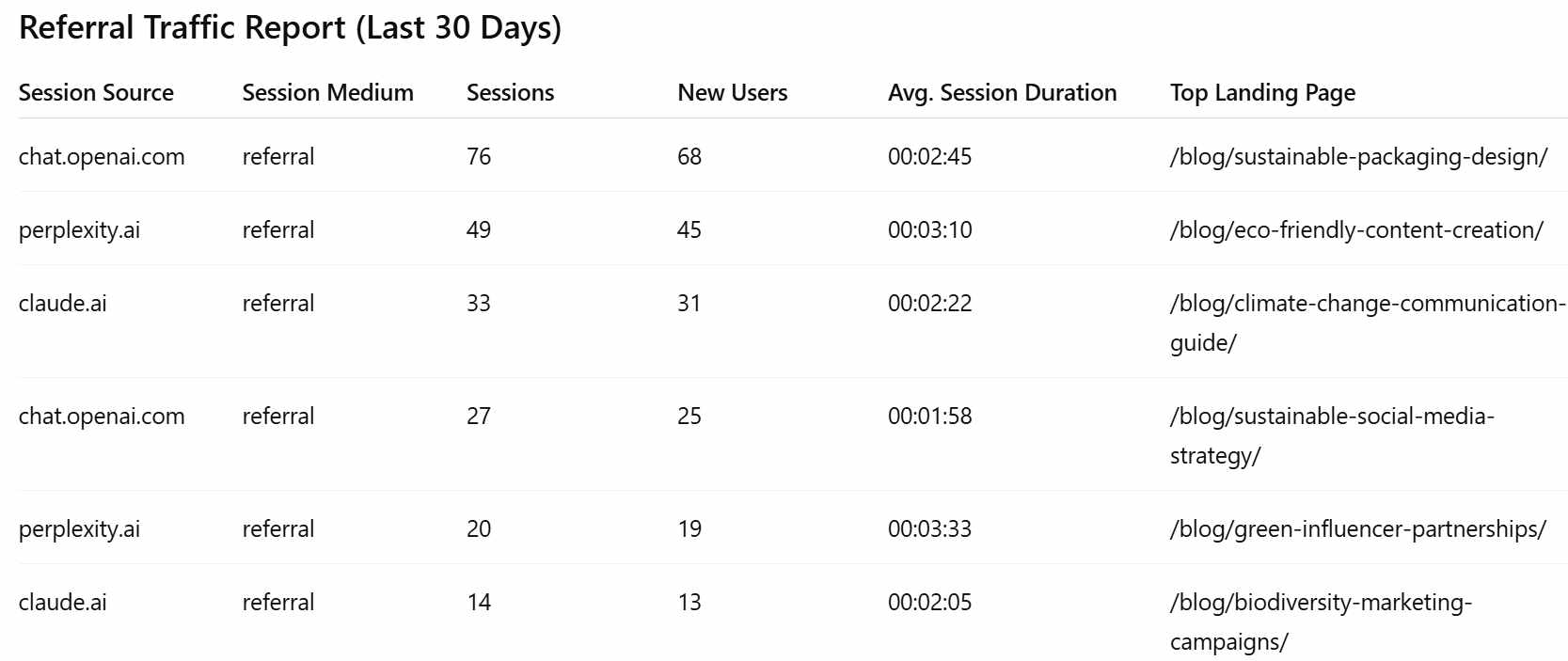
Step 4: Map traffic to content
Nina pulls her referral traffic report and lines it up against her pivot table. One blog post jumps out: “Sustainable Packaging Design.” It’s getting picked up by all three major AI platforms—76 visits from ChatGPT, 27 from Perplexity, and 14 from Claude.
That tells her this page isn’t just showing up—it’s getting chosen. The AI tools are surfacing it, users are clicking, and Nina has a clear winner.
Step 5: Optimize and expand
Now she gets to work. Nina updates the post with fresh stats, rewrites the opening for clarity, and adds a new FAQ section—making it easier for AI tools to summarize and share.
Then she builds on what’s working. She spins off two new pieces:
- “Designing Sustainable Packaging That Sells”
- “Top Trends in Eco-Friendly Packaging for 2025”
Next month, she’ll check to see if those new pages are pulling their own AI-driven traffic. If they are, she knows she’s onto something—and she’ll keep going.
This is how smart marketers scale AI SEO. Find what’s working. Improve it. Build on it. Repeat.
Prompts to Optimize AI Traffic Drivers
Once Nina identifies which blog posts are getting picked up by AI tools, she doesn’t stop at reporting—she puts that data to work.
Here’s how she uses AI to turn insights into action.
Generate content spinoffs
Nina feeds the winning blog post into ChatGPT and asks it to suggest related content ideas based on what’s performing.
Prompt: “This post is getting strong AI-driven traffic: [insert blog text]. Suggest 5 related blog post titles to expand on this topic.”
Improve clarity and AI readability
She asks the AI to rewrite key sections of her top-performing post for better clarity and structure—making it easier for AI tools to summarize.
Prompt: “Rewrite this introduction so it’s more scannable and AI-friendly, using short sentences and clear language.”
Draft new FAQ sections
AI tools love pulling answers from FAQs. Nina uses AI to help draft a smart, helpful section that matches how people are searching.
Prompt: “Write an FAQ section for a blog post on sustainable packaging design using the top questions people ask on Google.”
Refresh older content
Nina identifies posts that used to perform but haven’t seen recent AI referrals. She uses AI to suggest ways to update them.
Prompt: “Suggest updates to this older post to make it more relevant for 2025: [paste blog text].”
Create summary blurbs
To help AI tools quote her content more easily, she asks ChatGPT to generate short summaries of her blog posts—perfect for featured snippets and AI answers.
Prompt: “Summarize this blog post in 2–3 sentences for AI tools like ChatGPT or Perplexity: [paste blog text].”
She can then use those summaries in multiple places:
- At the top of the blog post as a TL;DR or executive summary.
- In the meta description so search engines and AI tools get a clear snapshot.
- As structured data (FAQ or article schema) to help AI engines understand and cite the content.
- In social sharing cards to improve click-through rates and reinforce relevance.
This is the power of combining human insight with AI execution. Nina uses data to find what’s working—and AI to scale it fast.
Tips for Boosting AI Visibility
To get more traffic from AI tools, go beyond basic SEO with these content enhancements.
- Write for clarity. Use short sentences, clear headers, and bulleted lists. AI tools love structure.
- Add FAQs. AI engines pull answers directly from FAQ sections.
- Use schema markup. Help AI understand your content with rich metadata.
- Create content clusters. Interlink related articles so AI can map your site’s topical authority.
- Refresh old posts. Update with current data and new insights to stay relevant in AI responses.
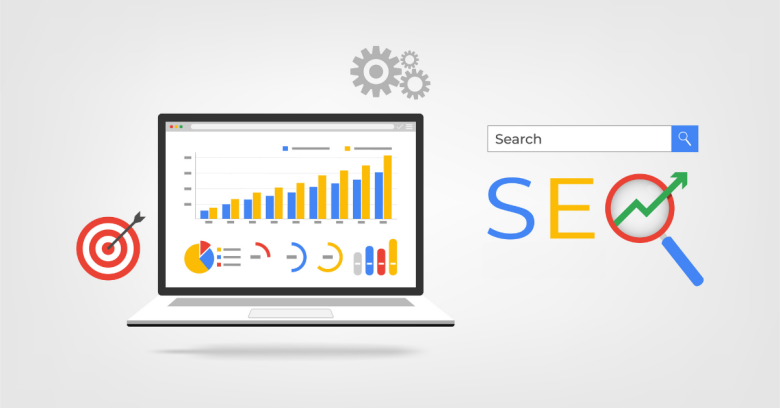
What Tools Do I Need to Monitor AI SEO?
You don’t need a million tools to track AI SEO—you just need the right ones. Here’s the essential stack Nina uses to measure and grow her AI-driven traffic:
- An SEO tool (like Ahrefs or Semrush): To find which keywords your site appears for in Google’s AI Overviews—and which pages are getting referenced.
- Google Search Console: To monitor impressions, click-through rates, and identify opportunities to improve visibility in search (including AI-powered snippets).
- Google Analytics: To track actual referral traffic from ChatGPT, Claude, and Perplexity—and see which pages are getting clicks.
- An AI platform like ChatGPT, Claude, or Perplexity: To test how your content is being presented and whether it’s being linked in real responses.
That’s it. These four tools will give you everything you need to track AI SEO performance and keep building on what’s working.
Want to learn more about AI SEO? See our frequently asked questions below.

Marketer Takeaway
The SEO game is changing. AI tools aren’t just delivering answers—they’re delivering traffic. If you’re not tracking AI referrals or optimizing for these platforms, you’re missing a major marketing channel.
This is the new AI SEO. Smart marketers will start now.
The Media Shower AI marketing platform helps you create and track content that’s written for humans and AI SEO. Click here for a free trial.
Frequently Asked Questions About AI SEO
Why should I monitor AI SEO traffic?
Because AI platforms are quickly becoming one of the most valuable sources of visibility for content marketers. Platforms like ChatGPT, Claude, Perplexity are already surfacing your content to users..
Even if your blog post doesn’t rank first in search results, it might be the answer an AI tool shares. When a user clicks on that answer, that traffic is highly targeted and high-intent.
If you’re not measuring that traffic, you’re flying blind. Monitor it, and you’ll know which pages are gaining traction, which tools are sending traffic, and where to focus your content efforts next.
How does AI SEO differ from traditional SEO?
Traditional SEO is about pleasing Google’s algorithms with keywords, backlinks, and structure. AI SEO is about creating content that AI tools can easily summarize, cite, and link to. It’s not about ranking first—it’s about being the answer AI tools choose to share.
How can I identify which AI tools are referring traffic to my site?
Check your referral sources in Google Analytics. Look for traffic from domains like chat.openai.com, perplexity.ai, or claude.ai. These show you where AI-driven visits are coming from—and what content they’re hitting.
Does optimizing for AI tools mean compromising on human readability?
Not at all. The same things that help AI tools—clarity, structure, relevance—also make your content better for human readers. Think of it as writing for a smart assistant who’s helping your audience find exactly what they need.

